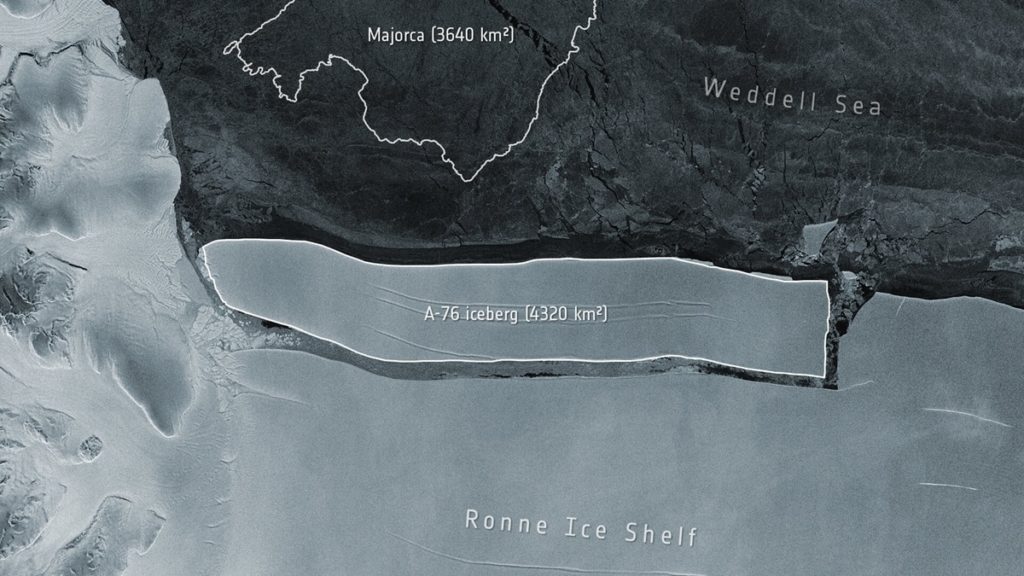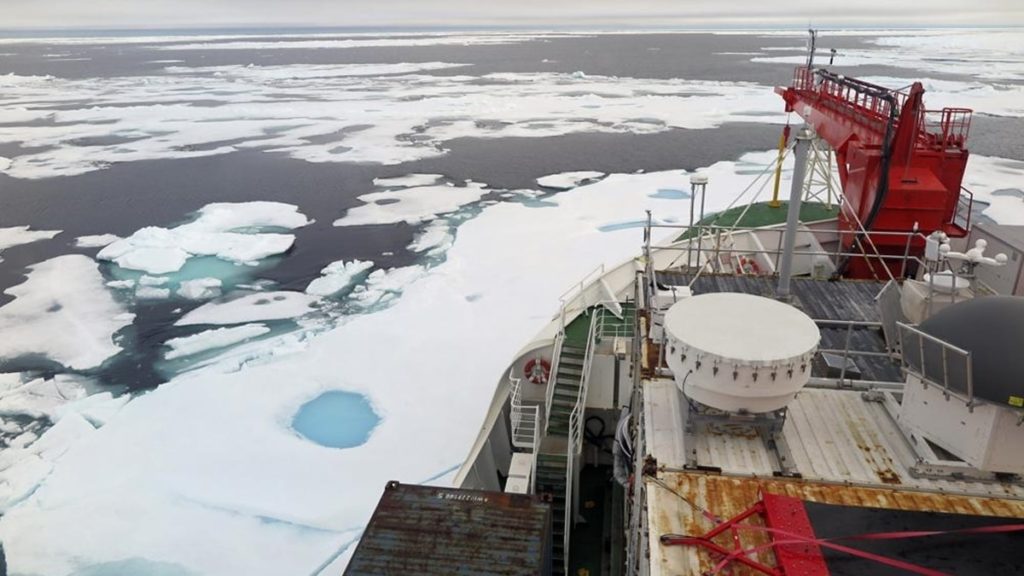Within a matter of days, a massive ice-covered lake in Antarctica has vanished, leading the scientific community to a state of panic over the dangerous trends of climatic change and global warming. The event that occurred in 2019 on Amery Ice Shelf in East Antarctica was only noticed in satellite images. According to the scientists, an estimated of 21 billion to 26 billion cubic feet of water drained into the the ocean which could lead to an increase in the global sea levels. The lake vanished within just 3 days after the ice shelf beneath it collapsed.

In a paper published in the journal Geophysical Research Letters, researchers said that surface melting over Antarctica’s floating ice shelves is predicted to increase significantly during the coming decades, but the implications for their stability are unknown. The Antarctica peninsula has been witnessing significant melting driven ice shelf collapses as researchers try to understand how meltwater forms, flows and alters the surface, and that rapid water-driven changes are not limited to the summer season alone.
Researchers captured the collapse of the ice shelf with high-resolution satellite images that showed an abrupt change on East Antarctica’s Amery Ice Shelf in June 2019. The meltwater was stored in this ice shelf in a deep and ice-covered lake, all of which drained into the ocean below, leaving a deep, uneven 11 square kilometre depression of fractured ice.

“We believe a large crack opened briefly in the floating ice shelf and drained the entire lake into the ocean within three days. The lake held more water than Sydney Harbour and the flow into the ocean beneath would have been like the flow over Niagara Falls, so it would have been an impressive sight,” Roland Warner, a glaciologist at the University of Tasmania and lead author of a new study said.
NASA’s ICESat-2 also caught the event with a laser instrument onboard the satellite. This satellite detects individual photons reflected back from the ice surface to make high-resolution elevation measurements. The team also used surface elevation maps generated by the Polar Geospatial Centre at the University of Minnesota to explore the full extent of the changes, stretching across 60 square kilometres.
The melting ice of the polar regions has been a matter of concern for quite some time now. In recent decades, the rising air temperatures have caused some of the ice shelves in Antarctica to melt with a greater surface area, and the most recent projections of the consequences of future warming for Antarctica show that trend continuing and creating more melt lakes. This could just be the first of many disappearing ice shelves to come in the future.
Similar effects have also been observed in the Arctic region. The “last ice area” has shown signs of melting earlier than expected. The Last Ice Area is part of the Arctic, where the floating sea ice is so thick that it’s likely to withstand global warming for decades. But a ship has now sailed through an opening created by melting. The opening, documented by scientists aboard a German icebreaker, popped up in late July and August in the Wandel Sea north of Greenland.

Mostly it was due to a freak weather event, but thinning sea ice from decades of climate change was a significant factor, according to a study Thursday in the journal Communications Earth and Environment.